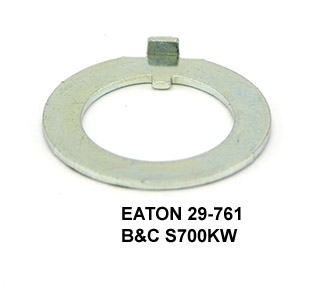BetaGamma
Electrical
- Aug 28, 2008
- 3
I have a vague memory, from too many years ago to count, that many toggle switches came with a special lock washer. For the typical 1/2" dia. threaded bushing with a keyway, an external star lockwasher was provided with an internal tab to fit the keyway. This allowed the switch to be mounted in a round hole with a positive lock to prevent rotation, instead of just tightening onto a plain lockwasher.
I hadn't thought about it for a long time, until I got into a project where such a lockwasher would be very convenient.
Has anyone seen such a lockwasher and maybe a source? I haven't been able to find them anywhere and it's really bugging me ....
I hadn't thought about it for a long time, until I got into a project where such a lockwasher would be very convenient.
Has anyone seen such a lockwasher and maybe a source? I haven't been able to find them anywhere and it's really bugging me ....

